«I’m interested in constructive journalism, the kind that takes a solutions-oriented approach.»
Lee la entrevista en castellano
Ana Palacios is a visual journalist specializing in the communication of projects with social impact, particularly those linked to the third sector.
Ana Palacios is a journalist and documentary photographer specializing in human rights, environmental issues, and animal rights. She holds a degree in Journalism from the University of Navarra and studied film and photography at the University of California, Los Angeles (UCLA).
Before transitioning to documentary photography, she spent fifteen years in international film production, collaborating with renowned directors such as Ridley Scott, Milos Forman, Tony Kaye, Michael Radford, Jim Jarmusch, and Roman Polanski. Despite her success in the industry, she sought deeper fulfillment. A photographic project in a marginalized community in India became a turning point, revealing the transformative power of visual storytelling. Since then, she has dedicated her career to shedding light on underreported issues through photography.
Beyond her documentary work, Palacios is the founder of La Mirilla de Malasaña, a creative studio and meeting space where she offers mentoring and specialized photography workshops. With a profound commitment to solution-focused photojournalism, she strives to raise awareness and inspire action on invisible injustices.
– You have a degree in Journalism from the University of Navarra (Spain), what motivated you to choose this career?
When I was a little girl, I wanted to be a film director. But my parents didn’t agree with their daughter getting into show business, so we made a pact: I would study a degree that would allow me to find a «real» job, and after that, I could study filmmaking. I chose BA in Journalism because it had parts that interested me a lot, like meeting interesting people, maybe traveling, telling stories and immersing myself in worlds very different from my own.
– You later trained in film directing and photography in Los Angeles and worked in production for 17 years for major Hollywood productions. What was that period like for you?
Yes, film was always my vocation and when I graduated with a degree in Journalism, I was able to study film at the University of California in Los Angeles (US) for two years. It was a very fun time, I felt like I was living my American dream and that I was living in a movie myself. The reality check came when I realized that directing was not my thing… but, the good news was that I was good at production, so I would try to work in that department. For 17 years I worked as a production coordinator on big international productions with directors like Ridley Scott and Roman Polanski. I really enjoyed my hectic life in the film world, I was always in between productions, in different cities, with wonderful people, but eventually… something just didn’t click.
– There is a specific moment when photography enters your life and you decide to change your profession. What happened to make that change happen and how was that transition for you?
Yes, there came a time when what I was doing no longer fulfilled me, no longer made me happy as it had before. Then I started to feel that I wanted to do something that would be more meaningful to my life. Photography has always been my second love. So I decided to go to India in 2010 and there I was… taking pictures of the work that the Sisters of St Ana do there, missions that are international cooperation projects in different parts of the country. When I returned from that trip, telling the stories and showing my photos of what I had seen, I realized that my colleages at the film crew wanted to «lend a hand», to participate and be part of the change.
At that moment I understood the power that a photograph can have to change things and I discovered its transformative power. That was when my professional interest in film began to fade and I started to make my way in the documentary photography focused in human rights. Until 2014, I was combining both things and already in 2015 I fully dedicated myself to photography.
«When I returned from that trip, telling the stories and showing my photos of what I had seen, I realized that my colleages at the film crew wanted to «lend a hand», to participate and be part of the change.»
«At that moment I understood the power that a photograph can have to change things and I discovered its transformative power»
– What motivates each photographic project and what is your working method?
With the projects I do as a journalist and documentary photographer, I try to document in depth what happens in the ‘broken corners of the world’. Those places inhabited by vulnerable communities, often with structural poverty, that never make the news unless a specific catastrophe occurs. These stories do not interest the media and they show them in a stereotyped and simplistic way. With my projects I try to make visible and raise awareness about these realities «from a different angle», always approaching the stories with a lot of previous research and as much rigor as possible.
My method of work is quiet and calm. I try to be honest with the reality I find. I am interested in constructive journalism, the one that seeks a solutions approach to fight against information fatigue, sensationalism and disinformation that floods social networks.
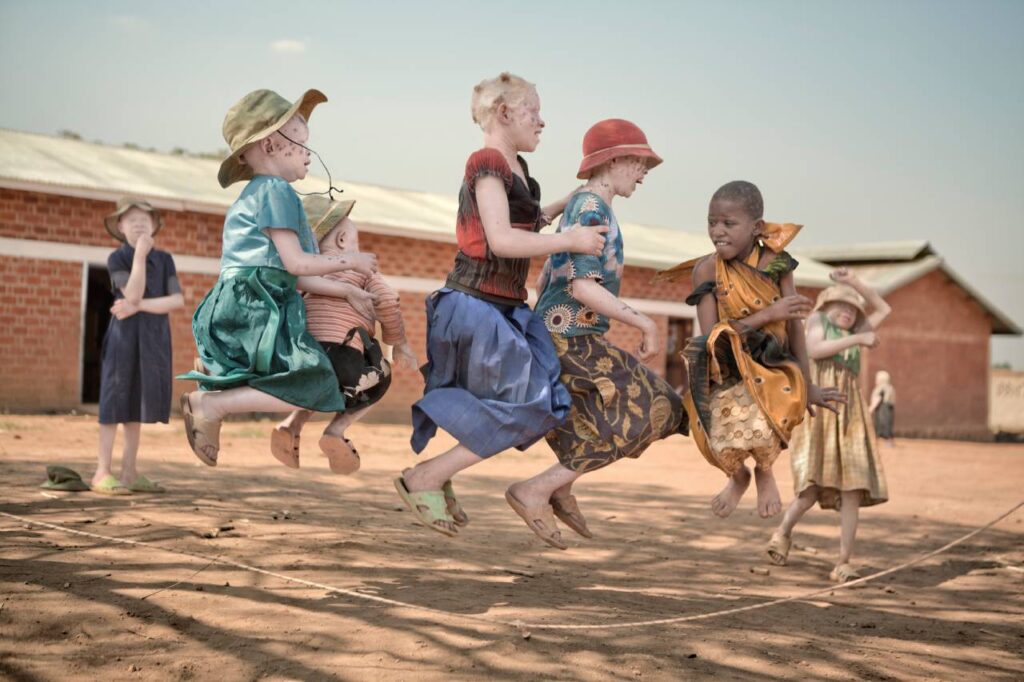
«With my projects I try to make visible and raise awareness about these realities «from a different angle», always approaching the stories with a lot of previous research and as much rigor as possible.»
«I am interested in constructive journalism, the one that seeks a solutions approach to fight against information fatigue, sensationalism and disinformation that floods social networks.»
– What is your relationship with the people you photograph and what personal impact do they have on you?
The most important thing for me is empathy and respect for my protagonists. The engine for wanting to share their struggle or their institutional abandonment. I need time to be able to build trust, to know the causes and consequences of what is happening to them and to be able to make an in-depth analysis.
That is what interests and excites me, to feel that I can be an agent of change for their transformation by telling their story.
«The most important thing for me is empathy and respect for my protagonists.»
«That is what interests and excites me, to feel that I can be an agent of change for their transformation by telling their story.»
– Your work is shown both in important media, NGOs and exhibitions, in journalistic and human rights fields but also in contemporary art fields. How is each context and in what way is your work perceived?
I like my work to be present in very different layers, to approach different audiences. My goal as a visual journalist is to bring closer the violations that my protagonists live and get the maximum possible exposure and that is why we have to take them out of their usual spaces. People who enter an NGO building and see an exhibition on its walls, oh, well… they are already interested in social issues. That’s why we have to take our content to other halls, art centers, museums, galleries, to the street… and thus bring these issues to an audience that a priori would not have gone to see my exhibition.
«I like my work to be present in very different layers, to approach different audiences.»
«My goal as a visual journalist is to bring closer the violations that my protagonists live and get the maximum possible exposure and that is why we have to take them out of their usual spaces.»
– You work with major media outlets such as National Geographic, The Guardian.
Yes, this comes from the same search to be a loudspeaker and give visibility to my projects. Since I started in 2010 to make documentary projects, I have also wanted to publish in foreign media, and over time big names like National Geographic, The Guardian or CNN have arrived. To be honest, it’s exciting to see my work in these prestigious media.
– You have opened your own studio, La Mirilla de Malasaña. How have you conceived and developed this project and what kind of activities do you offer at the moment.
I had always dreamed of this space dedicated to photography and, seeing it come true now, makes me very happy. It’s a meeting place around photography where I do personalized mentoring, as well as workshops, talks, etc. Photography is the central axis of everything we do.
– At La Mirilla de Malasaña you also offer other services for photographers. What are the needs you cover?
It is a coworking space for three people connected with the cultural management and/or communication world. It is also a small photo set that we rent for small product or individual portraits.
But, above all, we organize workshops on practical topics: how to set up an exhibition, how to publish in the media, how to prepare a dossier for an award, etc. We always count on great professionals as key speakers. We do one every two months, on weekends, and they are three hours for a maximum of seven people. All very boutique and private, because I think that compared to so many courses in Domestika or online workshops … it is necessary to offer the alternative of personalized attention and face to face.
Interesting synergies are generated among attendees, and I love that. We have had big names like Sofía Moro, Benito Román, Rosa Muñoz or Beatriz Gaspar and this enriches the meetings a lot too. We don’t have a website but on Instagram @lamirillademalasana we share everything that is happening in this great little space.
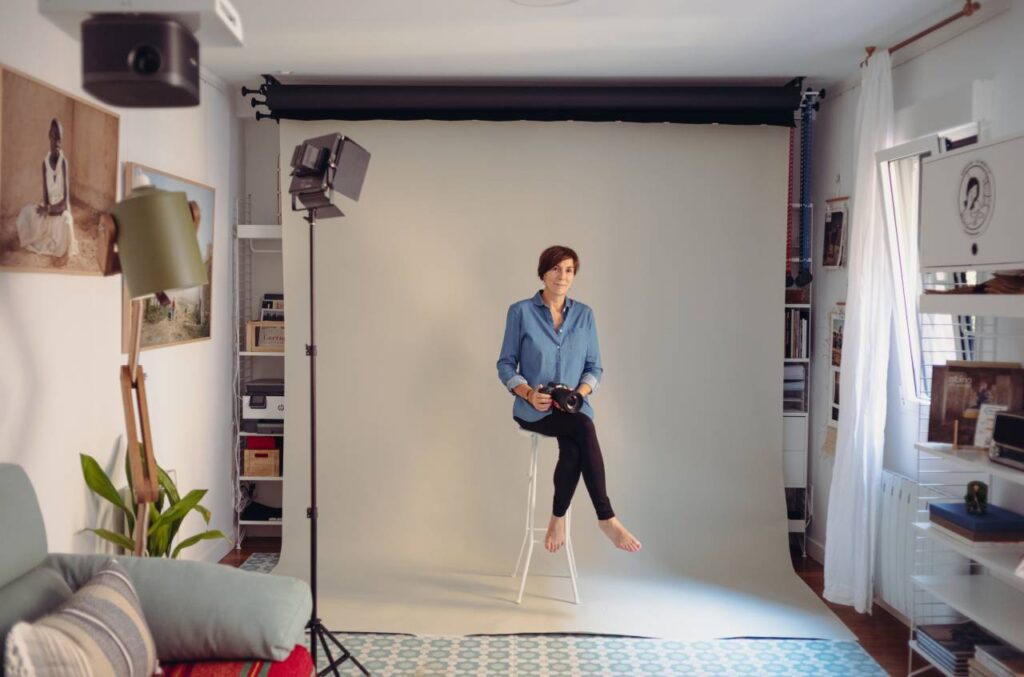
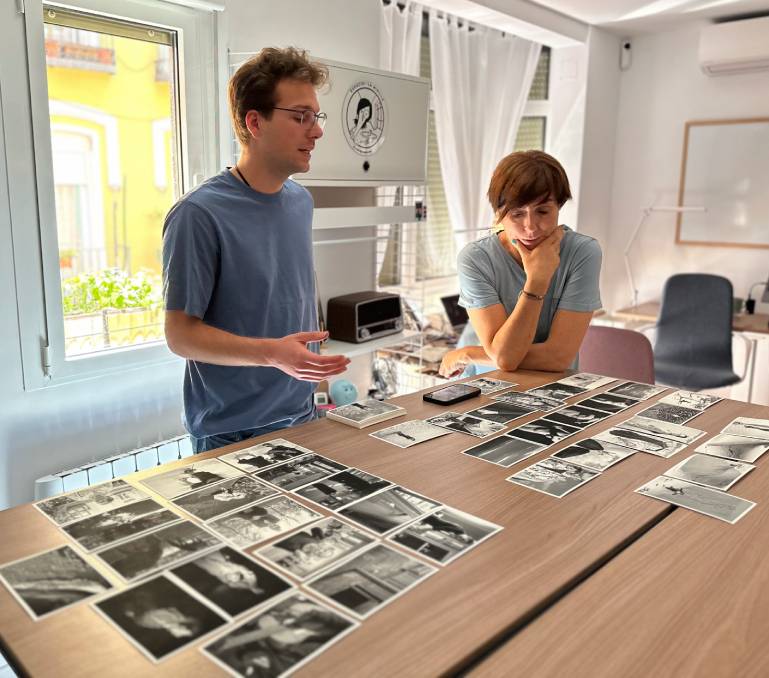
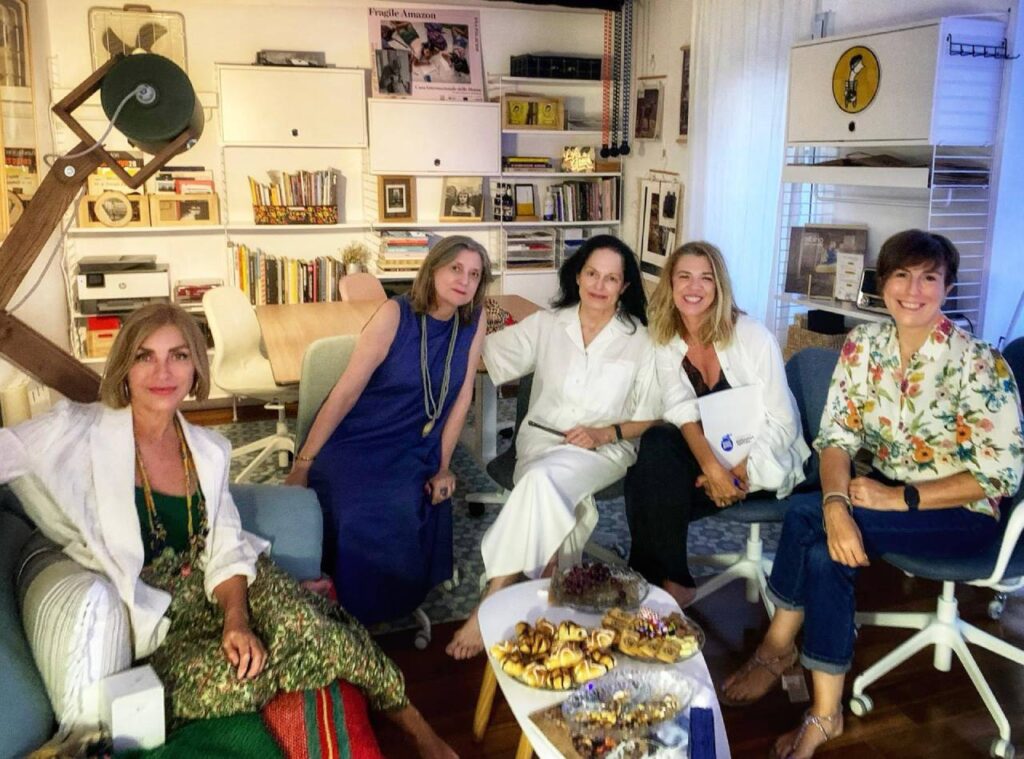
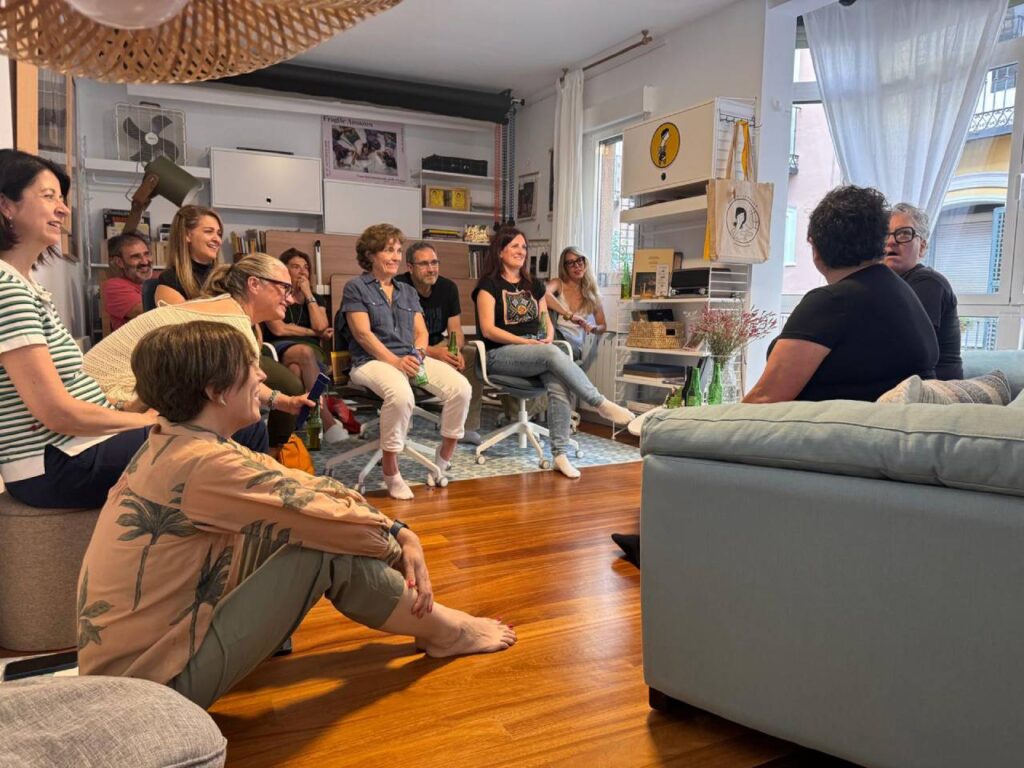
– What projects do you have in the pipeline?
My plan for 2025 is to learn to teleport, time travel and save the world from all its ills. If I don’t succeed this year either, I will try to deal with life as it comes, avoiding Tranquimacin as much as possible. And, to feed body and soul, I am working on a pet rescue and adoption project with Foundation Salvando Peludos that will be released in March 2025. More in the short term, I am working on several health related topics, one of them will take me to my beloved Africa soon with the help of an English university.
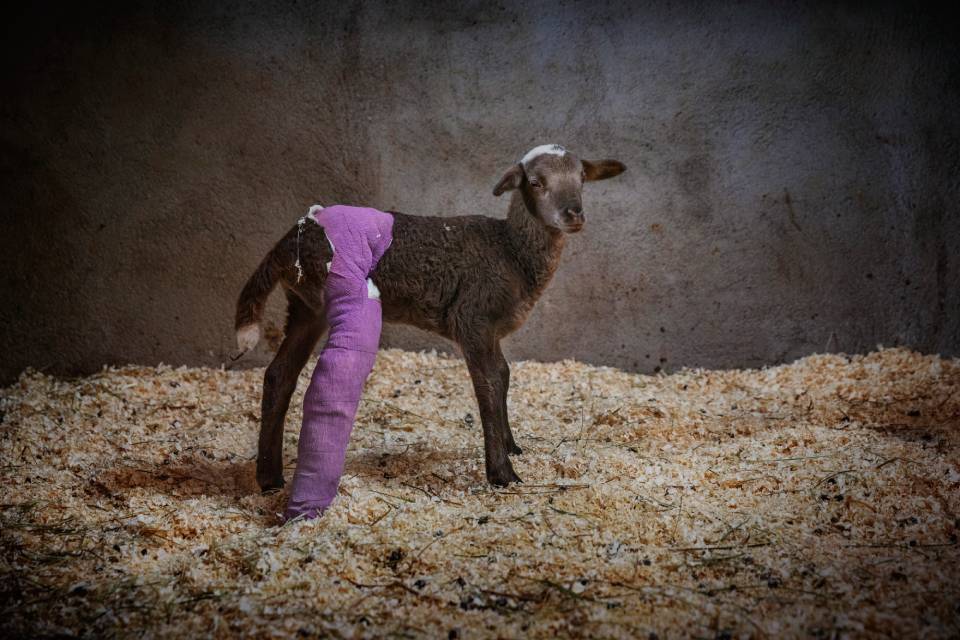
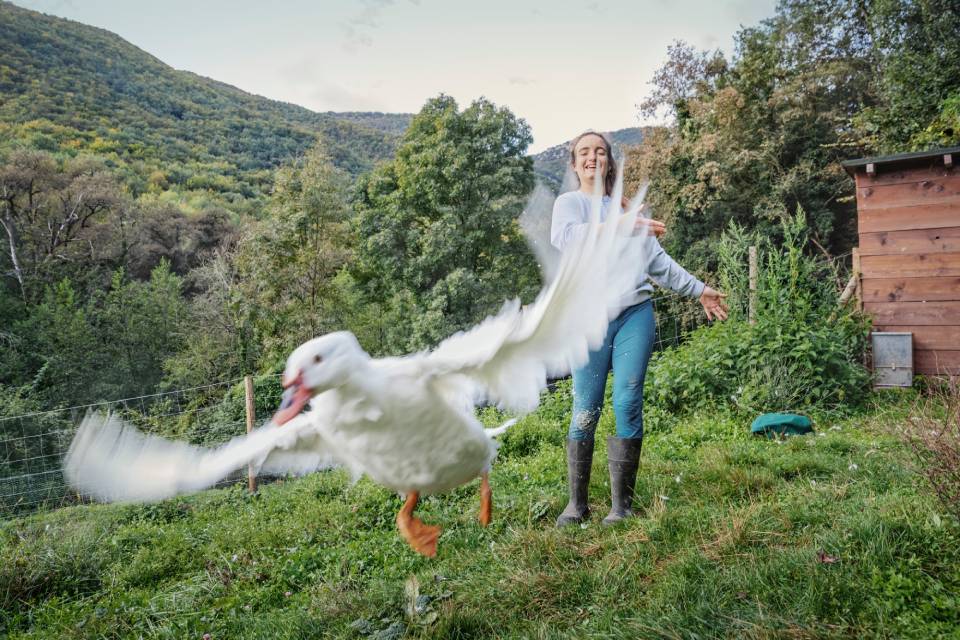
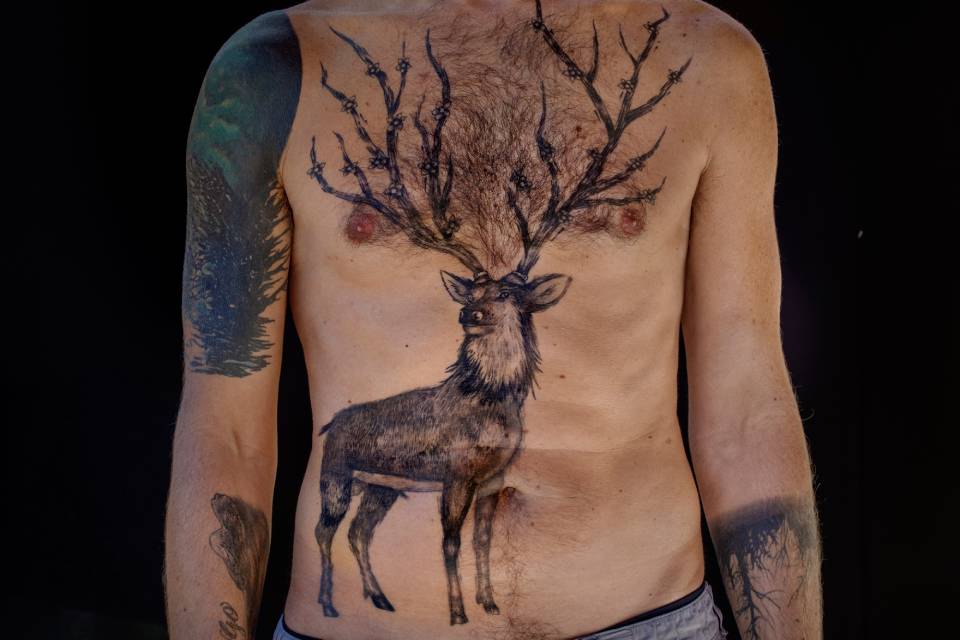
– What advice would you give to someone following in your footsteps and starting out in humanitarian and human rights photography?
I would tell him or her that this career is a way of understanding the world and wanting to contribute to improving it. Perseverance, rigor and ethics are the best allies to achieve it and that he should arm himself with patience, creativity and energy, because this is a long-distance race.
– A dream that you would like to come true.
Sleeping through a whole full night.
More info
Ana Palacios – Instagram – LinkedIn – Facebook – X / Twitter – YouTube
La mirilla de Malasaña – Instagram
Las opiniones expresadas en las entrevistas son responsabilidad del/los entrevistado/s y no necesariamente reflejan la opinión de YANMAG
0 comments